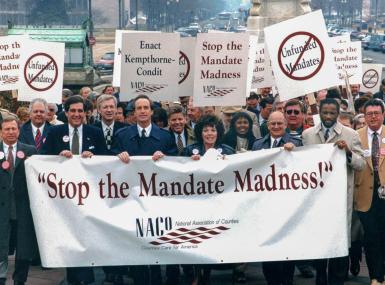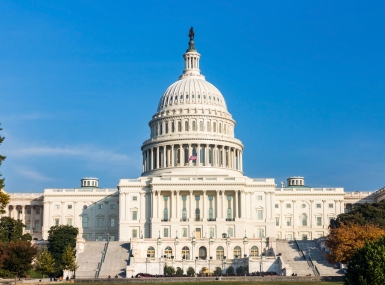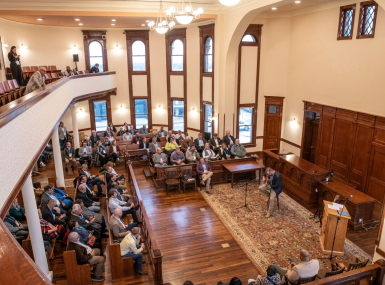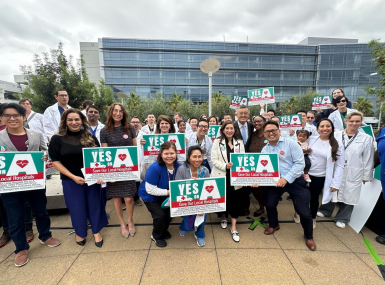Hiring Neurodiverse Talent in the Public Sector - Breaking Down the Barriers
November 30, 2023
1:00 p.m. – 2:00 p.m. EST

Virtual Event | Zoom
If you are having trouble registering for the webinar or need technical assistance in accessing the Zoom platform, please email nacomeetings@naco.org.
Local governments have been impacted by the workforce crisis, yet they have not fully leveraged the potential of neurodivergent individuals. Despite having high attention to detail, pattern recognition, and many other valuable skills, there are several barriers preventing local governments from hiring neurodivergent individuals. Join us to learn about these barriers and solutions to overcome them.
Tagged In:
Speakers
Anthony Pacilio
Vice President of Neurodiverse Solutions at CAI

Shannon Smith
Director, Public Sector, CAI
Dr. Hala Annabi
Associate Professor, Information School, University of Washington






